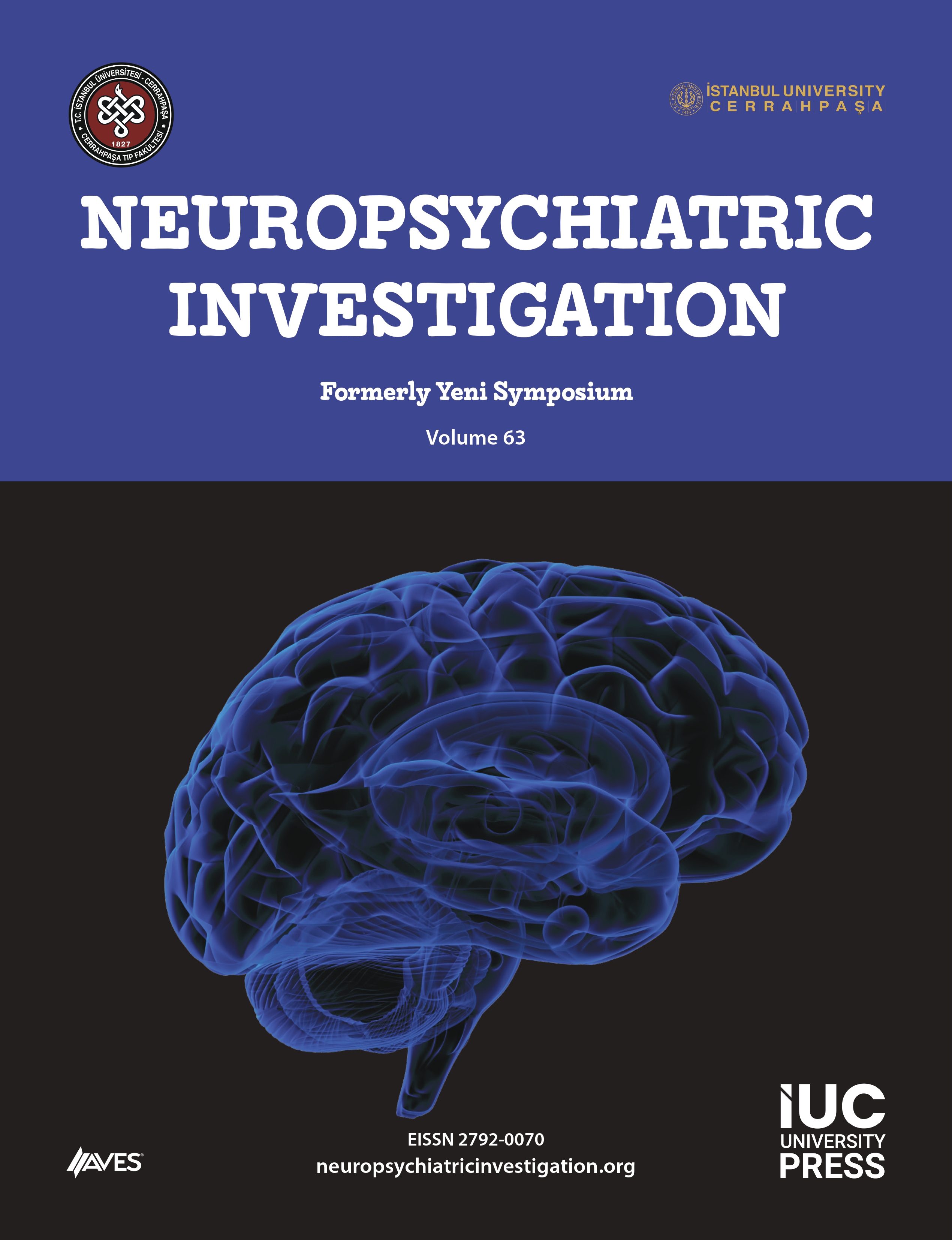Objective: Accompanying neurological signs are not expected in primary cervical dystonia (PCD), characterized by involuntary muscle contractions resulting in abnormal posture of the neck. We aimed to assess the associated arm movements during walking in patients with PCD in compared to age-, sex-, weight- and height-matched controls.
Methods: We examined 16 consecutive de novo patients with PCD and controls in a quantitative trial, and calculated the mean gait speed, mean number of steps, mean frequencies of right and left arms, mean frequencies of right and left legs, and mean arm/leg frequencies for right and left sides.
Results: Eleven patients (68,8%) had right-sided cervical dystonia, 5 patients (31,2%) had left-sided cervical dystonia. The mean speed of gait and the mean number of steps were similar between patients and controls. The mean frequencies of bilateral upper extremities and arm/leg frequencies were significantly slower in patients with PCD (p<0,05). In patient group, the mean armswing frequency was significantly lower in symptomatic side versus asymptomatic side (p=0,038). The disease duration was positively associated with the mean arm/leg frequency (p=0,042).
Discussion: Our results imply that the reduced armswing in cervical dystonia might be a feature of primary cervical dystonia.




.png)